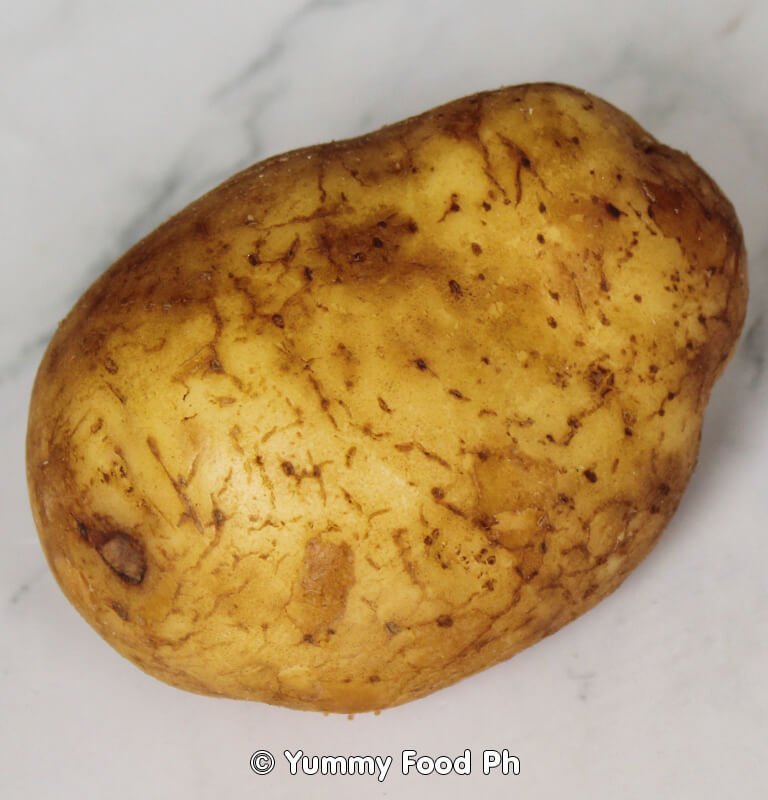Potatoes (Solanum tuberosum) are vegetables.
The plant has short, broad leaves. The skin and interior of a potato are typically light brown or yellowish. This vegetable is one of the most extensively grown crops worldwide. The English word “potato” comes from the Spanish word “patata”. A potato contains a lot of starches and carbohydrates. Its consumption is intended for human feeding, cattle feeding, and as a raw material for food and agriculture processing industries like chips, potato flakes, frozen potato, and other products.
Nutrition and eating
The potato has a high concentration of folate, vitamin C, group B vitamins, potassium, iron, and is a good source of energy. Don’t consume green potatoes. They contain a substance that can be poisonous if consumed in large quantities. Therefore, eating them is harmful.
Cooking
Boiling, baking, roasting, or frying potatoes are common methods of cooking them. Potatos are sliced into long pieces and fried till crispy to make “chips” or “fries.” As seen on the famous fast food chain, it’s a very famous method of cooking potatoes.
These ingredients are frequently used in culinary preparations.
Visit us on YouTube: Yummy Food PH
